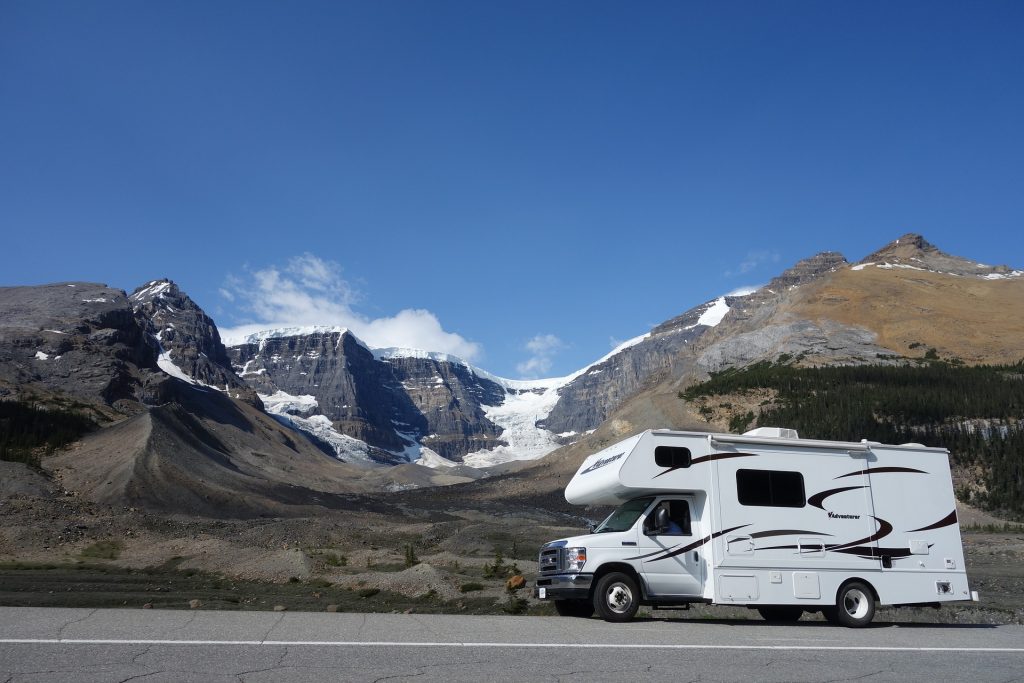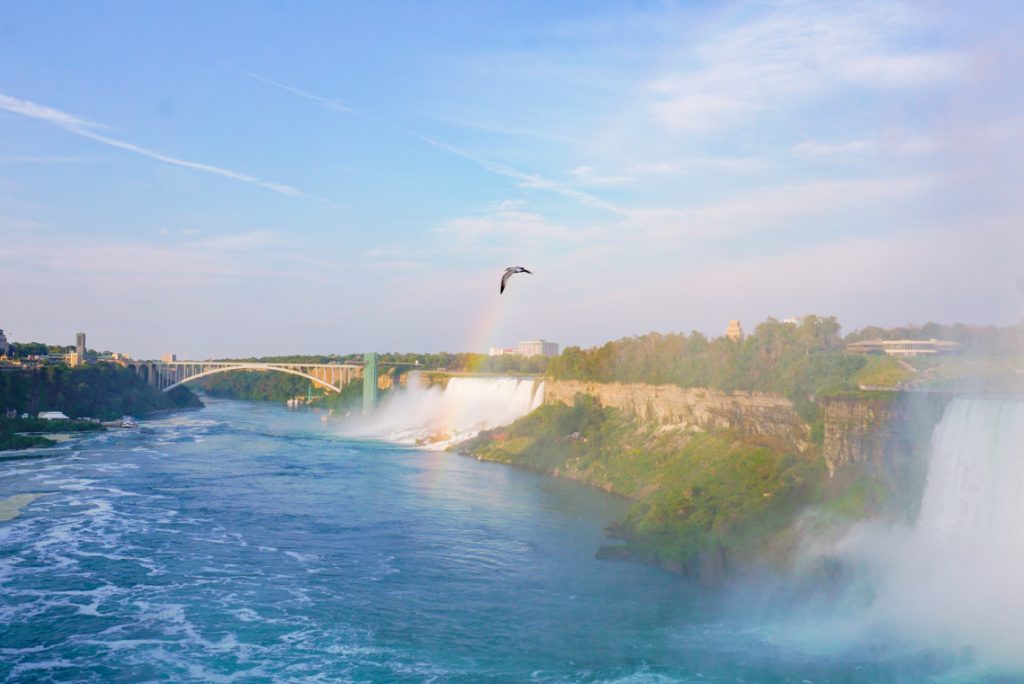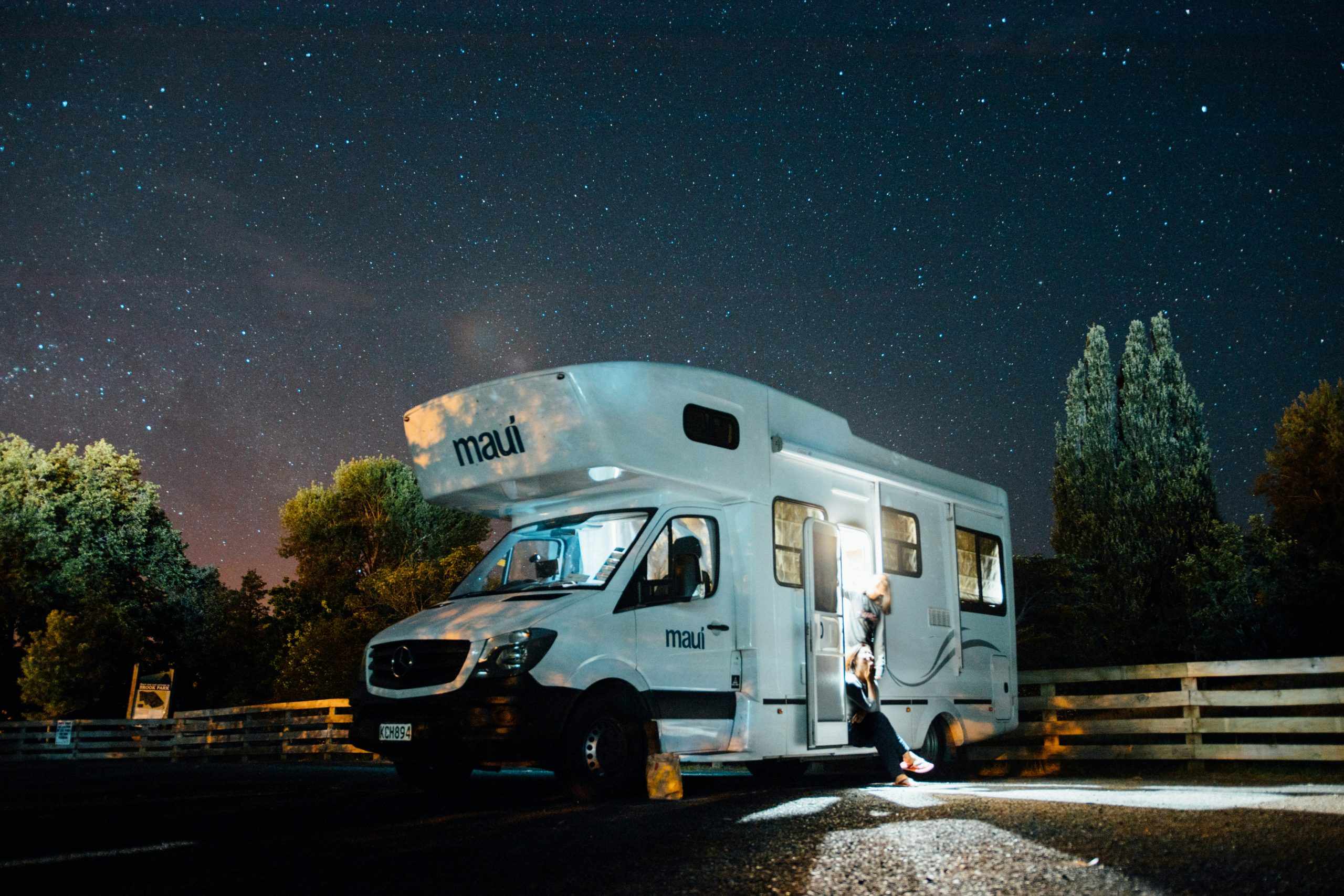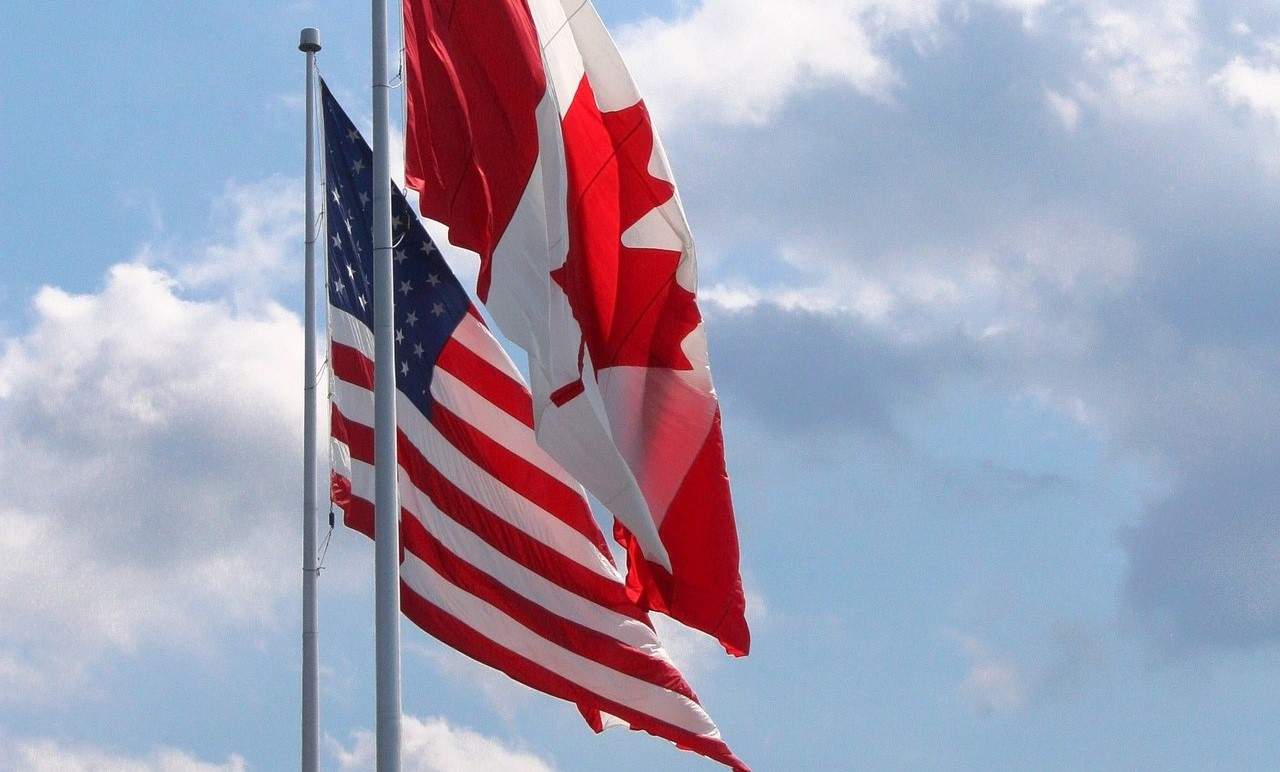Niagara Falls is on everyone’s bucket list. And it should be! It’s iconic and breathtakingly beautiful, while also offering so many adventurous activities. It’s a great place to go on an RV trip. Many would also argue that the Canadian side is much more enjoyable. But, if you are visiting Canada in an RV, there’s a few things you should know first.
Crossing the border into Canada in an RV is a little more complicated than crossing in any other vehicle. When we took our RV to Niagara Falls, we were not prepared. We ended up parking on the U.S. side and driving across the border in our car every day to enjoy the area. This was not ideal, so I hope these tips will help you avoid the same situation.

Crossing the border to Canada in an RV
I gathered all of the following information from the Canada Border Services Agency website. Be sure to check their website for any changes or updates. And if you are renting your RV, make sure to get approval from the owner before crossing the border as well.
Items you cannot bring across the border.
You can bring certain items into Canada for your own use as “personal baggage.” This includes clothing, camping and sports equipment, cameras, personal computers and devices, and your mode of transportation. Here are restricted items:
- Firearms and weapons: You must declare all weapons and firearms at the port of entry when you enter Canada.
- Food, plants, animals and related products: All food, plants, animals, and related products must be declared, as these items can carry disease.
- Explosives, fireworks and ammunition: You must have written authorization and permits to bring these items into Canada.
Items that you can bring in limited amounts only.
- Alcohol: You are only allowed to bring two 750 ml bottles of wine, one large standard bottle of liquor, and approximately 24 cans or bottles of beer or ale.
- Tobacco: You are limited to bringing 200 cigarettes, 50 cigars, 7 ounces of manufactured tobacco, and 200 tobacco sticks.
- Money: If you have $10,000 or more in your possession when arriving in or departing from Canada, you must report to the CBSA.
- Prescription drugs: Medications should be in original packaging with the label.
Additional tips and things to keep in mind.
- Everyone in the RV will need to present proof of citizenship such as a passport, birth certificate, a certificate of citizenship or naturalization, a U.S. Permanent Resident Card, or a Certificate of Indian Status along with photo identification.
- If you have pets traveling with you, you will need to present their rabies certificate. You cannot bring more than 44 pounds of pet food and any pet food or treats must be in it’s commercially packaged, unopened container.
- Be prepared to state exactly where you are headed and how long you will be in Canada.
- Have proof of insurance and registration for all vehicles you are bringing into the country.

Don’t let these regulations for crossing the border keep you from visiting Canada in an RV. Just plan ahead and be prepared and you shouldn’t have any trouble. Either way, don’t miss this incredible destination. If you are looking for extra tips on what to do and are interested in hearing why we loved it so much, you can read this post: Niagara Falls…MUCH More Than Just Famous Waterfalls! Enjoy and happy travels, eh?!
Let us know below if you have other tips for taking an RV to Canada. We’d love to hear your experiences.








